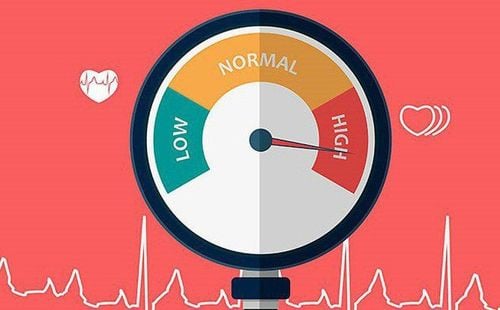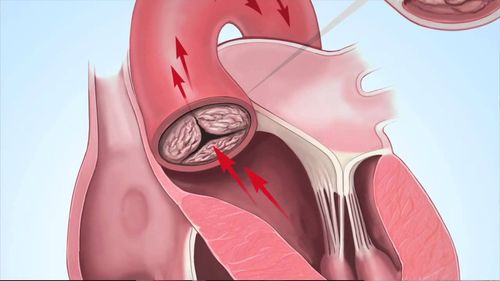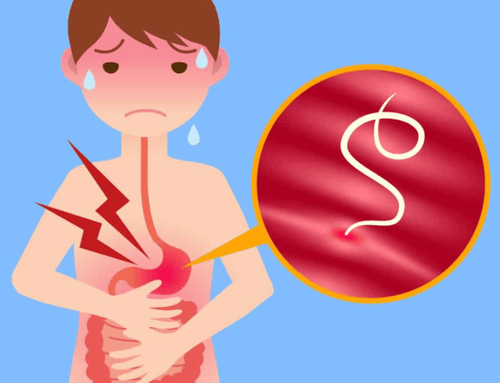Nội dung bạn đang tìm kiếm không có phiên bản tiếng Việt.
Vui lòng chọn tiếp tục để xem nội dung tiếng Anh hoặc đi đến trang chủ Tiếng Việt.
Rất xin lỗi về sự bất tiện này.

Home
Tag Fetal movements
Articles in Fetal movements

PREGNANT WOMEN LYING ON THEIR LEFT SIDE EXPERIENCE MORE FETAL MOVEMENTS
Fetal movement, also known as "quickening," refers to the movements of the fetus, such as rolling, kicking, or stretching, that the mother can feel.
Xem thêm

Why Do Babies Get Hiccups in the Womb?
Hiccups are a normal physiological phenomenon in fetuses. All fetus can experience hiccups, which are considered a developmental milestone in their growth. Pregnant women can feel when their fetus has hiccups. If not paying close attention, mothers might mistake them for the baby’s movements.
Xem thêm











